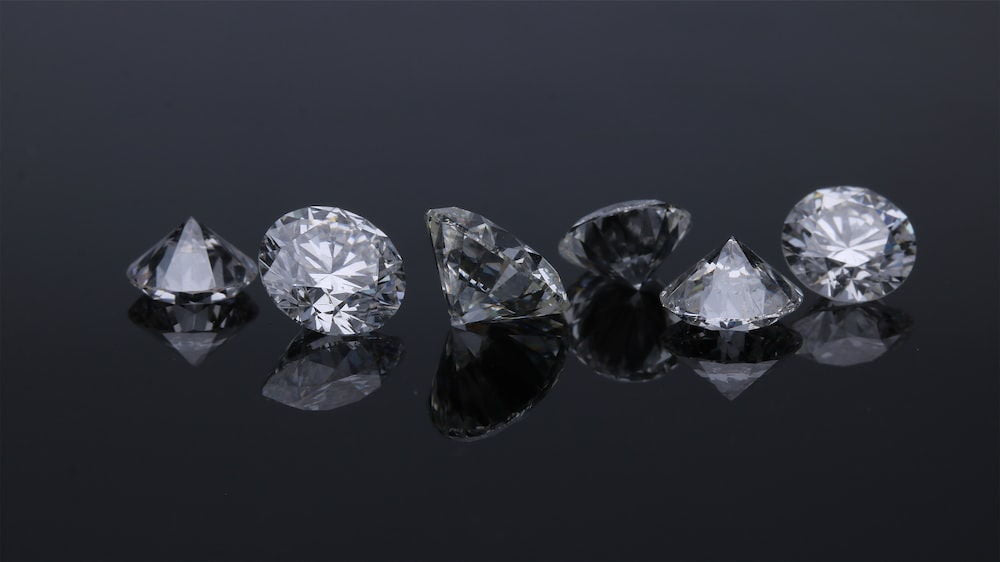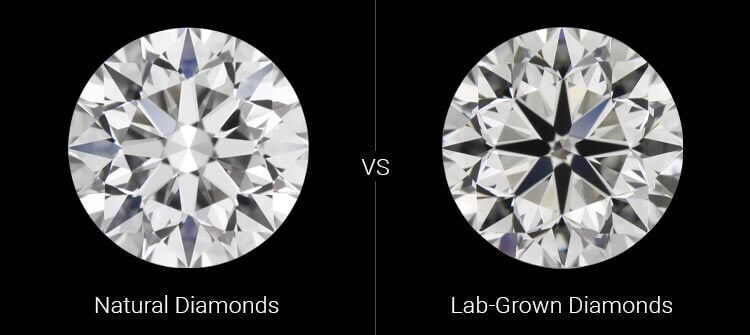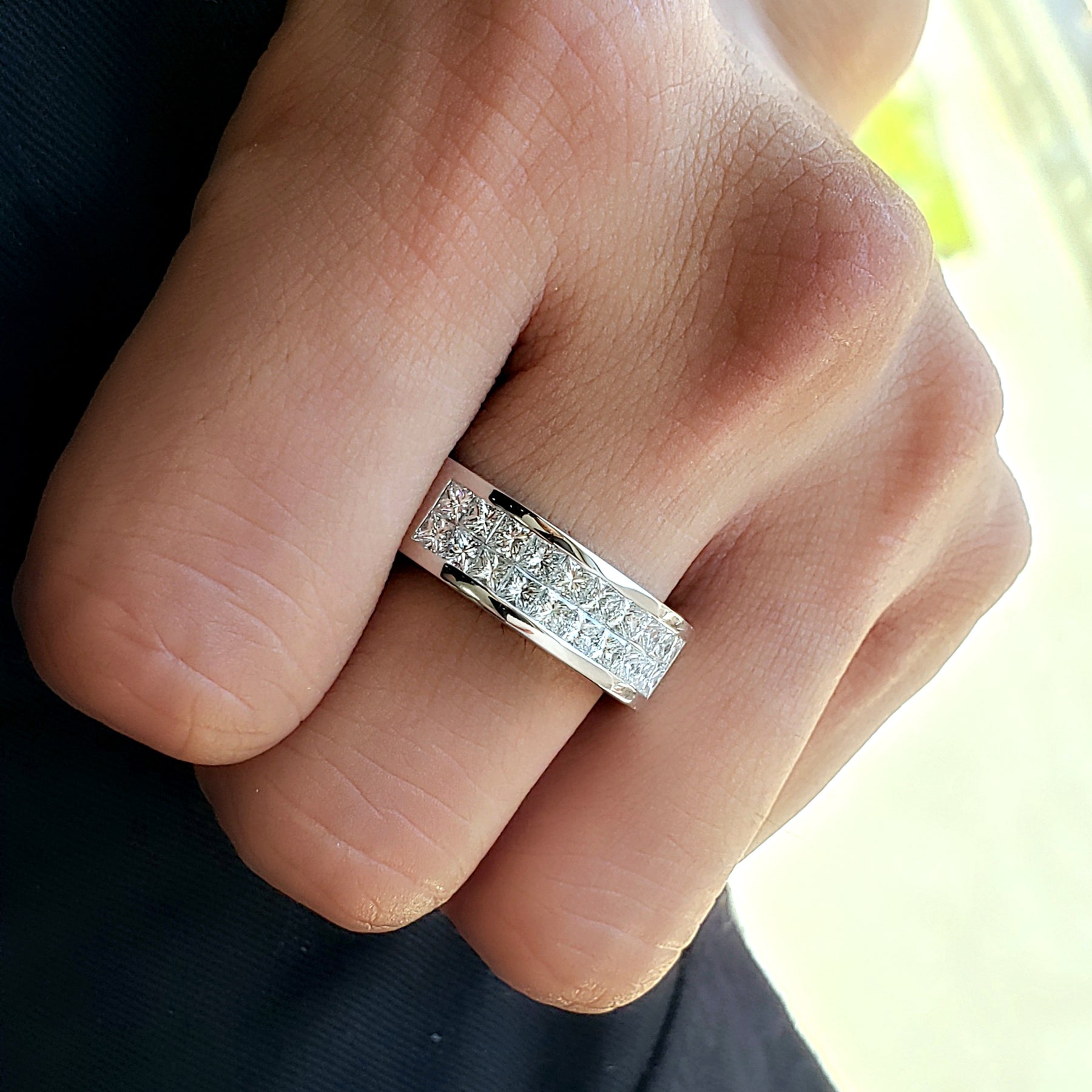
Blood diamonds, also known as conflict diamonds, are gemstones that are mined in war zones and sold to finance armed conflict against governments. The term gained prominence in the late 20th century, particularly as it became associated with the brutal civil wars in Africa. These diamonds are often mined under horrific conditions, with the labor of exploited workers, including child labor, and are frequently sold to fund insurgencies and violence.
Table of Contents
The Origins of the Term “Blood Diamond”
The term “what are blood diamonds” was coined in the late 1990s when reports emerged of diamonds being used to fuel civil wars, particularly in Sierra Leone, Angola, and the Democratic Republic of the Congo. During these conflicts, rebel groups took control of diamond-rich regions, and the proceeds from diamond sales were used to purchase weapons and further perpetuate violence. These diamonds became symbolic of the human suffering and destruction that were tied to their mining and trade.
How Blood Diamonds Fuel Conflict
Diamonds have long been considered valuable and are often used as a symbol of wealth and status. Rebel groups and warlords in conflict zones quickly realized that diamonds could be mined and sold on the black market, providing them with much-needed financial resources to wage war. Because diamonds are small, durable, and easy to transport, they are an ideal commodity for financing illegal activities.
In many cases, these diamonds were sold to buyers who had little regard for their origins. In the 1990s, it was estimated that as much as 15% of the world’s diamonds came from conflict zones, with much of this trade flowing into global markets.
The Human Cost of Blood Diamonds
The impact of the blood diamond trade is devastating. People in war-torn regions often face exploitation, forced labor, and horrific working conditions. In many cases, miners work in dangerous, unhealthy environments, often without adequate safety equipment or pay. Reports have documented children as young as five being forced to mine diamonds under brutal conditions.
The violence associated with blood diamonds also extends to the communities caught in the crossfire. Rebel groups have used terror tactics, including torture, rape, and killings, to maintain control over diamond-rich areas. Entire villages have been displaced, and thousands of civilians have been killed or maimed in the process.
The Kimberley Process: A Step Toward Ethical Mining
In response to the widespread issues surrounding blood diamonds, the international community sought to establish a framework to prevent the trade of conflict diamonds. In 2003, the Kimberley Process Certification Scheme (KPCS) was introduced. This initiative requires that diamonds be certified as conflict-free before they can be traded internationally.
The Kimberley Process mandates that all rough lab diamonds must come from countries that are not involved in armed conflict, and that they be tracked through an international certification system. While the Kimberley Process has made progress in reducing the flow of blood diamonds, it has faced criticism for loopholes and a lack of enforcement in some regions.
The Ongoing Challenge
Despite the Kimberley Process, blood diamonds are still a concern in certain parts of the world. Rebel groups and corrupt officials can sometimes bypass regulations and sell diamonds on the black market. Additionally, there are ethical concerns about the broader diamond industry, with some questioning whether all diamonds are sourced responsibly, even if they are not explicitly labeled as conflict diamonds.
Consumers have become more conscious of the ethical implications of their purchases. Many diamond companies now offer “ethical diamonds,” which are sourced from verified, conflict-free mines. Some also support initiatives that promote sustainable mining practices and fair labor conditions.
Conclusion
Blood diamonds represent a tragic intersection of greed, violence, and exploitation, with profound human and social consequences. While global efforts like the Kimberley Process have helped reduce the trade of conflict diamonds, the issue is far from eradicated. The continued attention and demand for ethical sourcing in the diamond industry are crucial to ensuring that diamonds no longer fund violence and suffering. As consumers, it’s important to stay informed and support businesses that prioritize transparency, human rights, and environmental sustainability.



